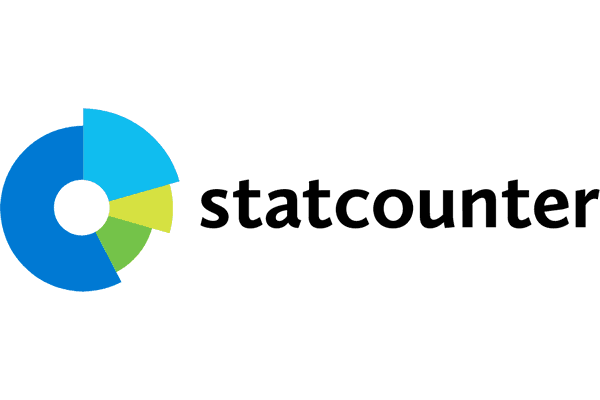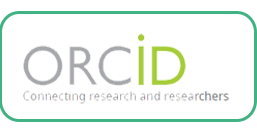CODE SWITCHING IN ENGLISH AS A FOREIGN LANGUAGE (EFL) CLASSROOM
Abstract
Full Text:
PDFReferences
Ahmad, B. H. &Jusoff, K. (2009). Teachers’code switching in classroom instructions for low English proficient learners.English Language Teaching, 2(2), 49-55.
Baker, M. (1992). In other words: A course book on translation. London: Sage Publication.
Bassnett, S.(1991). Translation studies. London: Routledge.
Bell, Roger T. (1991). Translation and Translating. Newyork: Longman.
Borlongan, Ariane Macalica. (2009). Tagalog-English code-switching in English language classes, TESOL Journal, 1(28-42).
Bosseaux, Charlotte. (2007). How Does it Feel? Point of View in Translation. Amsterdam: Rodopi BV.
Chen, E.S. (2003), Language convergence and bilingual acquisition: The case of conditional constructions. Annual Review of Language Acquisition, 3.89-137
Ellis, R. (1994). The study of second language acquisition. Oxford University Press.
Hymes, D. (1962). The ethnography of speaking. In T. Gladvin and W. C. Sturtevant (Eds.), Anthropology and human behaviour (pp15-53). Washington, DC: Anthropological Society of Washington.
Kasperczcyk, L.A. (2005). Implementing code-switching in the classroom. Retrieved from http://www.daeman.edu/academics/SRT/articles_files/DURF_Kasperczcyk_2005_Paper .pdf.
Knowles, M.S. (1975). Self-directed learning: A guide for learners and teachers. New York, NY:Association Press
Knowles, M.S. (1975). The modern practice for adult education: Andragogy versus pedagogy. New York, NY:Association Press
Mattsson, A. & Burenhult-Mattsson, N (1999), code-switching in second language teaching of French. Working Papers, 47(1), 59-72.
McArthur, A. (1987). The English Languages, Cambridge, UK; New York: Cambridge University Press.
Qing, X. (2010). To switch or not to switch? Examining the code switching practices of teachers of non English majors. Canadian Social Science, 6(4), 109-113.
Sert, O. (2005). The functions of code switching in elt classroom.The internet TESL journal, 10. (8). Retrieved from http://iteslj.org/Articles/Sert-Code-Switching.html
Skiba, R. (1997). Code switching as a countenance of language interference. The Internet TESL Journal, 10(8) Retrieved from http://iteslj.org/Articles/Skiba-CodeSwitching.html.
Tien, C and Liu, K. (2006) Code-Switching in two efl classes in Taiwan. In Aziah Hashim & Norizah Hasan. (Eds). English in Southeast Asia: prospects, perspective and possibilities. Kuala Lumpur: Universiti Malaya Press.
Weinreich, Uriel. (1970). Language in contact: Finding and problems. The Hague: Mouton
DOI: http://dx.doi.org/10.30829/vis.v16i1.712
Refbacks
- There are currently no refbacks.
Copyright (c) 2020 VISION
















